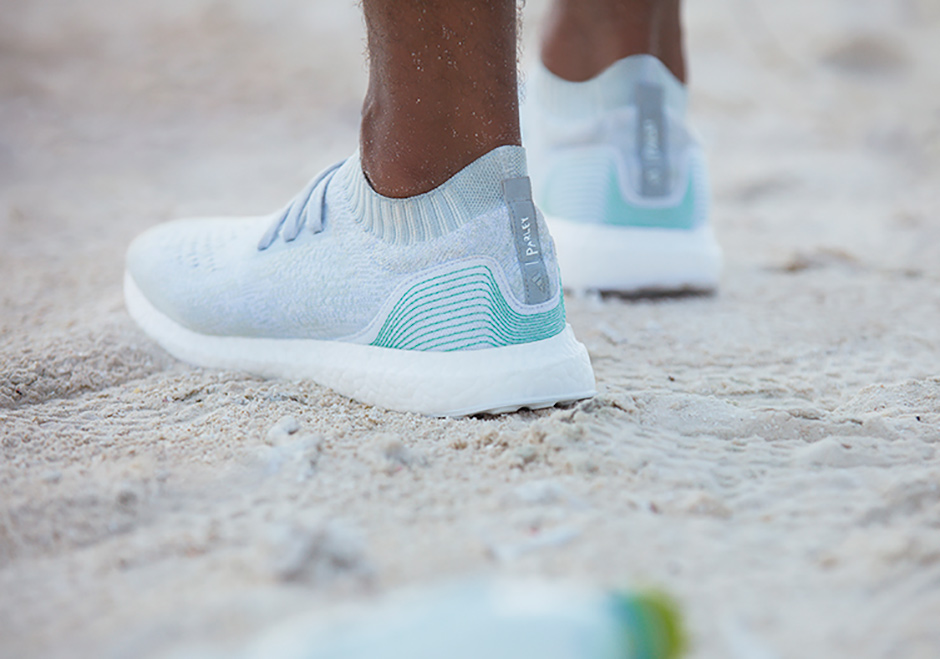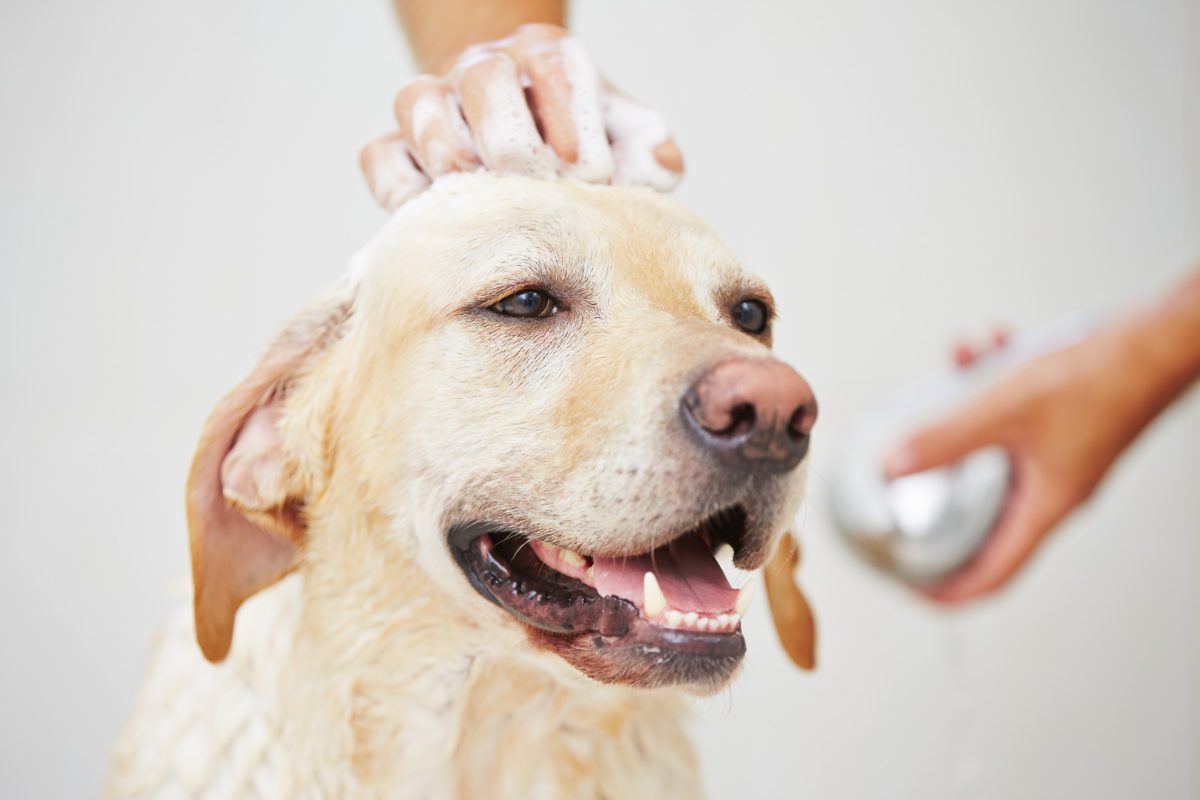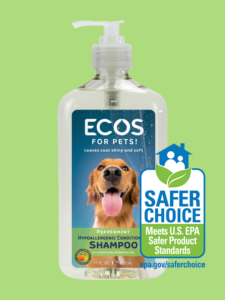For those of us working in the sustainable materials management space, we’ve understood for a long time that plastic pollution in the world’s oceans has been a serious problem.
But, for many, the concern reached a zenith when the World Economic Forum shed light on the projection that by weight, there will be more plastic in our oceans than fish by 2050 in the New Plastics Economy Report. With a little over a year since publication, a flurry of activity has surfaced among consumer packaged goods (CPG) companies involving ocean plastic. CPGs have developed numerous initiatives to both source recovered ocean plastic as an input for packaging and several apparel companies have engineered ways of using ocean plastic in textiles for clothing and shoes. Both are strategies that have important challenges worthy of examination, but also show multinational companies are interpreting circular economy principles in new and more diverse ways.
 Parley for the Oceans is one organization that has served as a bridge from stakeholders concerned with threats to marine biodiversity and conservation to the private sector, responsible for both generating plastic material that escapes into the environment and providing demand for recovered ocean plastic as an input for new products and packaging. One recent partnership has been between Parley for the Oceans and Adidas, where they designed the Adidas UltraBOOST Uncaged shoe made with a knitted upper comprised of 95% recovered ocean plastic and 5% recycled polyester. While the first 7,000 units were released on November 15, 2016, Adidas Group Executive Board member Eric Liedtke explains that, “We will make one million pairs of shoes using Parley Ocean Plastic in 2017 – and our ultimate ambition is to eliminate virgin plastic from our supply chain.”
Parley for the Oceans is one organization that has served as a bridge from stakeholders concerned with threats to marine biodiversity and conservation to the private sector, responsible for both generating plastic material that escapes into the environment and providing demand for recovered ocean plastic as an input for new products and packaging. One recent partnership has been between Parley for the Oceans and Adidas, where they designed the Adidas UltraBOOST Uncaged shoe made with a knitted upper comprised of 95% recovered ocean plastic and 5% recycled polyester. While the first 7,000 units were released on November 15, 2016, Adidas Group Executive Board member Eric Liedtke explains that, “We will make one million pairs of shoes using Parley Ocean Plastic in 2017 – and our ultimate ambition is to eliminate virgin plastic from our supply chain.”
But Adidas isn’t limiting recovered ocean plastic as a feedstock material for footwear, they also worked with Parley to create the first jerseys made of 100% ocean plastic for football teams Real Madrid and Bayern Munich. Munich player Xabi Alonso (left, in red) highlighted that, “Wearing a [jersey] that is made from recyclable ocean waste is something I’m very happy about as it’s a fantastic opportunity to raise awareness about the need to protect and preserve our oceans.”
Indeed, raising awareness about sustainability in general and ocean plastic pollution specifically is a chief benefit of using recovered ocean plastic in new products and packaging. Method – People Against Dirty was one of the first companies to use recovered ocean plastic in their soap bottles in 2012 and highlighted the importance that social awareness was to their packaging design. Parham Yididsion of Envision Plastics, Method’s recycling partner, explained that it was a project where they could actually make a difference and make a point. This emphasis on awareness and activism emerges in Method founder Adam Lowry’s discussion of the project as well. He elaborates that, “We know that only a small amount of plastic will be taken out of the ocean through all of these bottles. We know that’s not the solution. But, we also know that we can have a much bigger impact if we start to change people’s mind about their role in protecting our oceans.”

Much like Method’s conventional soap bottles that use 100% post-consumer recycled polyethylene terephthalate (PET), the ocean plastic bottles designed out the need for virgin plastic, reducing the carbon footprint by 70%. Since Method first broke ground in sourcing ocean plastic to produce plastic bottles, the industry has been innovating to increase the percent of ocean plastic in a given resin mix.
Procter & Gamble, for example, is releasing a limited run of Head & Shoulders shampoo bottles this summer in France at Carrefour stores. P&G’s black high-density polyethylene (HDPE) is unique in that unlike many other ocean plastic packages, they’ve worked to sort-out other polymers from the beach plastic that it sources. In addition, P&G has raised the proportion of ocean plastic in the formulation up to 25%. More generally, the CPG company announced that by the end of 2018, it will have half a billion packages in Europe with at least 25% post-consumer recycled content, among its hair care portfolio including Head & Shoulders and Pantene.
One downside to packaging that employs recovered ocean plastic is that the plastic’s color often results in a dark grey when processed. From this point, many companies will then use dark or black colorants to make the package appear more uniform and provide more juxtaposition with competition on-shelf. When on the sorting line at a MRF however, this results in near-infrared (NIR) sorting technology not being able to distinguish between black polymer types. The Association of Plastic Recyclers (APR) illuminates in their authoritative Design Guide that, “There is no mechanical property inherent in black HDPE that makes it unrecyclable. The problem lies in sorting and the physics behind polymer identification.” The same NIR sorting challenges affect black PET, but unlike HDPE, opaque colored PET does not have an end market even if sorting challenges were overcome.
 Another challenge that P&G’s Vice President for Global Sustainability Virginia Helias highlights is the limited quantity of beach plastic and much higher expense due to the complex supply chain of its collection and processing. Critics of ocean plastic use in plastic packaging will point out that this elaborate supply chain also likely means that the environmental toll of transport involved negates some of the benefit to the material recovery. Yet, conservationists are quick to counter that if the material is being collected by volunteers from beaches or waterways already, a second-life as a package or textile is certainly a better outcome than a landfill or incinerator.
Another challenge that P&G’s Vice President for Global Sustainability Virginia Helias highlights is the limited quantity of beach plastic and much higher expense due to the complex supply chain of its collection and processing. Critics of ocean plastic use in plastic packaging will point out that this elaborate supply chain also likely means that the environmental toll of transport involved negates some of the benefit to the material recovery. Yet, conservationists are quick to counter that if the material is being collected by volunteers from beaches or waterways already, a second-life as a package or textile is certainly a better outcome than a landfill or incinerator.
Nevertheless, companies like Adidas using recovered ocean plastic in large quantities incentivize efforts to continue removing plastic from the ocean as they help to coalesce a reliable end market for the material. Dell, which is using 25% ocean plastic in its 100% post-consumer recycled content laptop trays, stress that this is a deliberate aspect to their sustainability initiatives. Dell describes the initiative as the“first commercial-scale global ocean plastics supply chain.” Moreover, the computer technology company, “will convene a working group to address ocean plastics at scale.” In due course, more companies will likely continue to incorporate ocean plastic as a feedstock once a reliable and larger stream of plastic is being recovered from waterways. As Parley for the Oceans Founder Cyrill Gutsch clarifies, “At this point, it’s no longer just about raising awareness.”
No matter where you stand on the issue today, be sure to engage in the conversation during the Sustainable Packaging Coalition’s next Open Forum on March 23rd from 1-2pm EST. Joi Danielson from the Ocean Conservancy and Procter & Gamble’s Jack McAneny will be shedding light on their work in the ocean plastics space. Learn more and register HERE.


 Before making the Safer Choice label available for this new category of products, EPA evaluated conventional chemistries in the pet care sector. They looked at ingredients of pet care products that have been disclosed publicly, and reviewed existing data on the hazards associated with these chemicals. In order to ensure that their standards for pet care products were protective for pets, the Safer Choice team also spoke with stakeholders, including veterinary toxicologists, and conducted research to determine if any of the chemicals used in pet care products are particularly toxic to dogs and cats.
Before making the Safer Choice label available for this new category of products, EPA evaluated conventional chemistries in the pet care sector. They looked at ingredients of pet care products that have been disclosed publicly, and reviewed existing data on the hazards associated with these chemicals. In order to ensure that their standards for pet care products were protective for pets, the Safer Choice team also spoke with stakeholders, including veterinary toxicologists, and conducted research to determine if any of the chemicals used in pet care products are particularly toxic to dogs and cats. 
